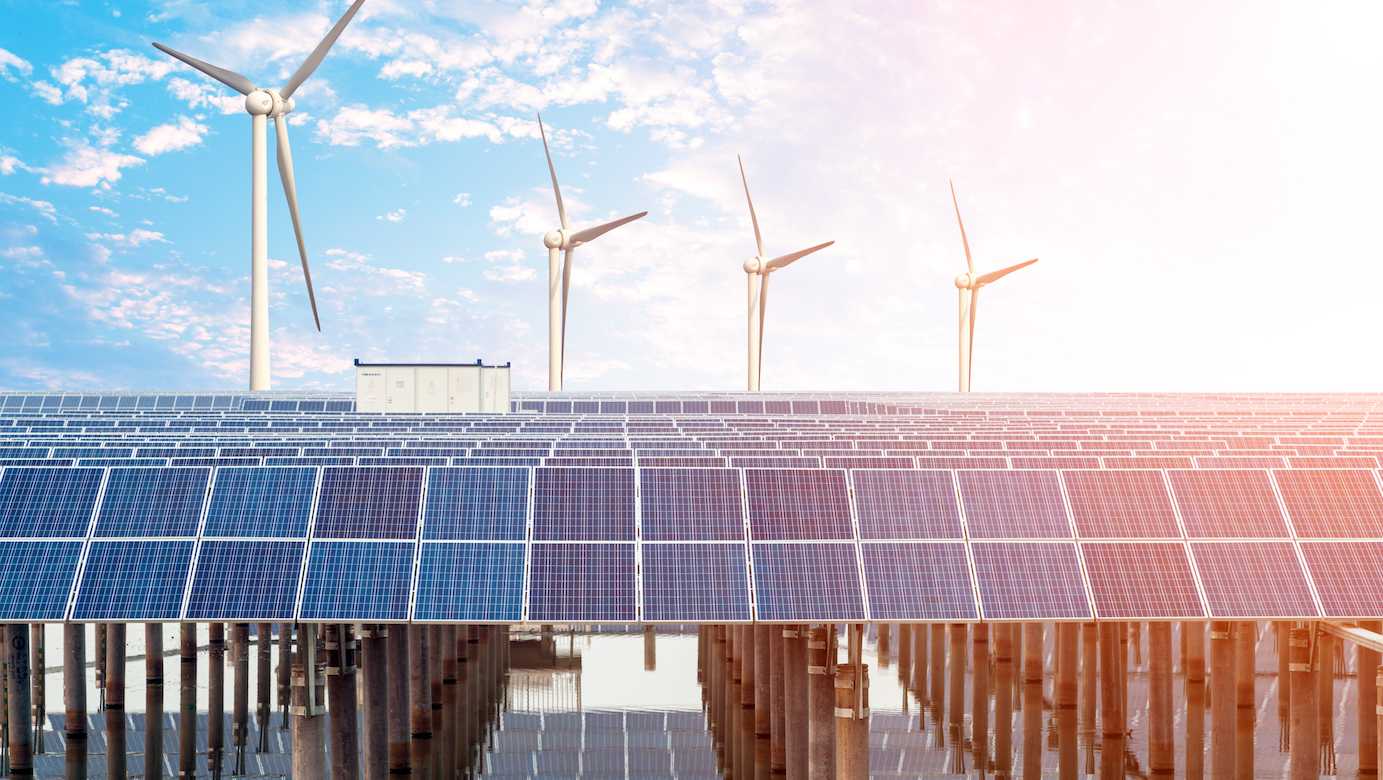Now Reading: Global Climate Finance: Can Money Truly Save Our Planet’s Future 2025?
-
01
Global Climate Finance: Can Money Truly Save Our Planet’s Future 2025?
Global Climate Finance: Can Money Truly Save Our Planet’s Future 2025?

Table of Contents
Global Climate change is no longer a distant threat. Rising global temperatures, extreme weather events, and melting glaciers are everyday reminders that the world must act urgently. One of the most important tools in this fight is global climate finance the flow of money from developed to developing nations to support projects that reduce carbon emissions and build resilience against climate risks.
Over the past decade, Global Climate finance has grown into a central topic at international forums like the United Nations Climate Change Conferences (COP). But while billions of dollars have been pledged, questions remain about whether enough money is being delivered, how it is used, and what more needs to be done to reach the net zero targets by 2050.
What is Climate Finance?
Climate finance refers to investments, grants, and loans designed to help countries mitigate climate change or adapt to its impacts. Mitigation projects include renewable energy, electric mobility, or reforestation programs. Adaptation projects focus on building flood defenses, sustainable agriculture, or disaster response systems.
The main idea is simple: those who have historically contributed the most to greenhouse gas emissions should help those most affected by the crisis but least responsible for it. This principle underpins much of the debate around climate finance at the global level.
The $100 Billion Pledge
In 2009, developed countries made a landmark promise: to mobilize $100 billion per year by 2020 to support climate action in developing nations. However, progress has been slow. According to the Organisation for Economic Global Climate Co-operation and Development (OECD), climate finance reached around $89.6 billion in 2021, still falling short of the original target.
Developing countries, especially those in Africa, Asia, and small island states, argue that this amount is only a fraction of what is needed. The United Nations estimates that by 2030, climate finance must reach trillions of dollars annually to effectively limit global warming and support vulnerable nations.
Why Global Climate Finance Matters

- Bridging the Gap Between Nations
Climate change does not respect borders. A flood in Bangladesh, drought in Kenya, or wildfire in California impacts the entire world through migration, trade disruptions, and supply chain shocks. Finance ensures all nations can build resilience and take climate action, not just the wealthiest. - Accelerating Green Transitions
Renewable energy projects, electric vehicle infrastructure, and sustainable agriculture require large initial investments. Without access to affordable finance, many developing countries remain dependent on fossil fuels. Global Climate finance makes the green transition faster and fairer. - Protecting the Most Vulnerable
Global Climate Small island nations like the Maldives or Tuvalu face an existential threat from rising sea levels. For them, climate finance is not just about development but survival.
Sources of Climate Finance
Climate finance flows from multiple sources:
- Public Funds: Governments provide grants or loans through international bodies like the Green Climate Fund (GCF).
- Private Investments: Banks, corporations, and institutional investors are increasingly funding renewable energy and sustainable projects.
- Multilateral Development Banks: Institutions such as the World Bank and Asian Development Bank play a major role in channeling resources.
- Carbon Markets: Mechanisms like carbon credits allow businesses to offset emissions by investing in green projects elsewhere.
Challenges Facing Climate Finance
While progress has been made, several challenges remain:
- Transparency Issues: It is often unclear how much of the pledged money is new funding versus repackaged development aid.
- Debt Concerns: Many funds come as loans, increasing the financial burden of developing nations already struggling with debt.
- Unequal Distribution: Larger economies often receive more support, while smaller or fragile states face difficulties in accessing funds.
- Private Sector Reluctance: Despite growth, private investors still hesitate to fund adaptation projects that may not generate quick returns.
The Role of Emerging Economies
Countries like China, India, and Brazil now play a dual role. They are both large emitters and rapidly developing economies with significant climate vulnerabilities. While historically exempt from contributing to climate finance, these nations are increasingly being called upon to participate. Some are also becoming providers of climate finance, supporting smaller nations with technology transfer and development aid.
Looking Ahead: COP and Beyond

Global climate finance will be at the center of upcoming international negotiations. The world is now moving toward a new collective quantified goal beyond the $100 billion target, with discussions pointing to figures in the trillions.
Experts emphasize that climate finance should not just be about pledges but about measurable impact. This means ensuring money reaches the right projects, supports innovation, and empowers communities.
There is also growing pressure to include loss and damage financing direct compensation for countries already suffering irreversible climate impacts. At COP27 in Egypt, world leaders agreed to set up a dedicated fund for this purpose, marking a historic shift in climate negotiations.
The Private Sector Opportunity
As governments struggle to meet targets, the private sector is stepping up. Major investment funds are channeling money into green bonds, renewable energy projects, and sustainable technologies. Climate-focused startups are also attracting billions in venture capital, particularly in areas like carbon capture, solar energy, and green hydrogen.
Financial institutions increasingly recognize that climate risk is financial risk. Supporting climate projects is no longer seen as charity but as a smart, long-term investment.
Conclusion
Global climate finance stands at a crossroads. While progress is visible, the scale of funding still falls far short of what is needed. Meeting the net zero by 2050 goal requires trillions in green investments, political will, and cooperation between nations, businesses, and communities.
The coming years will decide whether climate finance becomes a powerful tool for global solidarity or another missed opportunity in the fight against climate change.
READ MORE:- Inside the World of Business Acquisitions: Secrets of Corporate Growth 2025



















